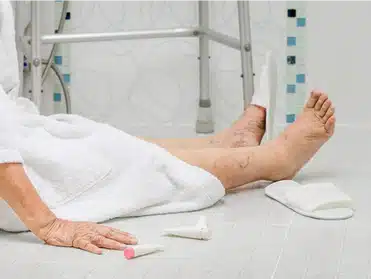The Truth About Latex Gloves and Hand Hygiene in Hospitals
The use of latex gloves is a highly effective infection control measure adopted by hospitals worldwide. While gloves work well to minimize the spread of infectious diseases, they are designed to augment, not replace, basic hygiene practices, such as handwashing. Recent research published in Infection Control & Hospital Epidemiology suggests that for a significant proportion […]
The Truth About Latex Gloves and Hand Hygiene in Hospitals Read More »










